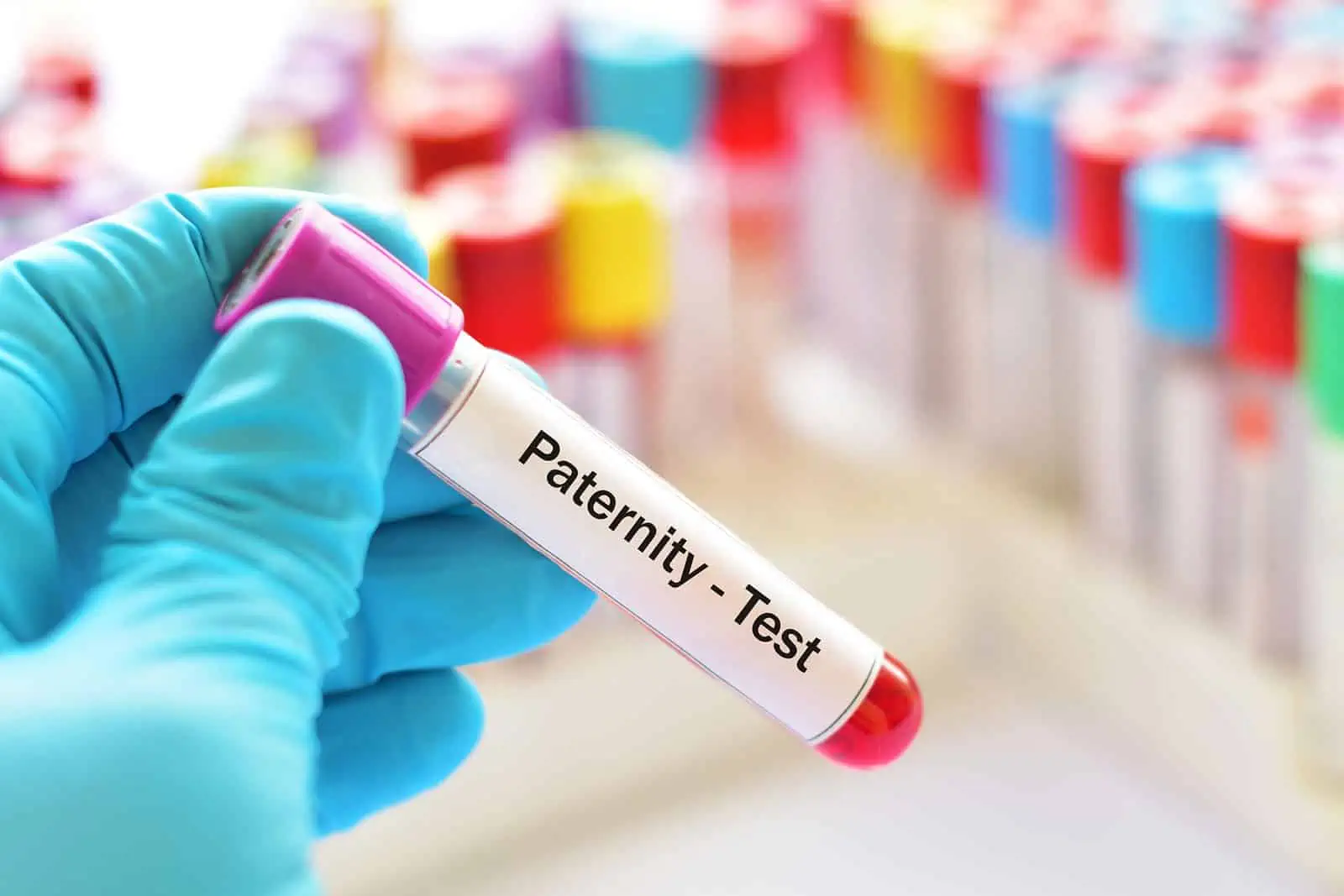Nowadays, you can test for paternity in many different ways. For example, some common ways you can try for paternity is by doing a DNA test using an individual toothbrush, fingernail clipping, blood, or a buccal swab (also called a buckle swab). The most common, effective, and seamless way to obtain someone’s DNA for paternity is by using a buckle swab which looks like an extended Q-tip, to collect DNA from the inside of the cheek by swabbing cheek cells.
Paternity Test
Now, if you decide to test for paternity and use an individual toothbrush, fingernail clipping, blood, or by a buckle swab, the DNA results will all be the same and equally accurate. The reason is your DNA throughout the body is all the same and never changes, whether you collect it from a hair follicle or a simple mouth swab.
Next, you can use a toothbrush if you are trying to test for paternity without the individual knowing and seek only private DNA test results. However, remember that there is only a 90% chance you can obtain DNA from a toothbrush.
Unfortunately, if the deceased person remains at a funeral home, you can perform a legal DNA paternity test using buckle swabs and fingernail clippings. Now, suppose the individual is not available at a funeral home. In that case, you can contact the Medical Examiners’ Office, also called the Coroner’s Office, to have them release a blood card for testing.
Next, you can use blood for DNA paternity testing if the child is unborn and the mother is a least seven weeks into her pregnancy. A noninvasive prenatal test is performed while the mother is still pregnant. Although it would seem most handy, a legal prenatal noninvasive paternity test will cost between $1,500 and $2,000.
Last but not least, the most popular and reasonable method of determining paternity is using a buckle swab.




